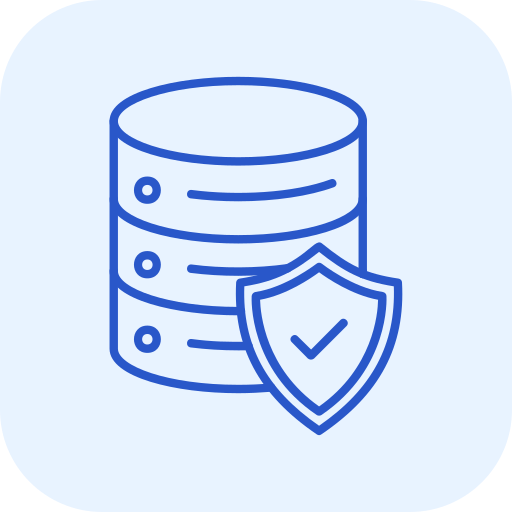
Encryption: Employ robust encryption algorithms to safeguard data both at rest and in transit.
Access Controls: Implement strict access controls, including role-based access, multi-factor authentication, and identity and access management (IAM) solutions.
Data Loss Prevention (DLP): Utilize DLP technologies to monitor and protect sensitive information from unauthorized disclosure.

AI-Driven Security Analytics: Leverage AI and machine learning algorithms to analyze vast amounts of security data, identifying anomalies and potential threats in real-time.
Incident Response Automation: Automate routine incident response tasks, accelerating response times and minimizing human error.
Threat Intelligence: Continuously gather and analyze threat intelligence to stay ahead of emerging threats.

Disaster Recovery Planning: Develop and test comprehensive disaster recovery plans to ensure business continuity in the event of a cyberattack.
Business Impact Analysis (BIA): Conduct regular BIAs to identify critical business functions and dependencies.
Regular Backups: Implement robust backup and recovery procedures to protect critical data.

Security Awareness Training: Provide ongoing security awareness training to employees to reduce the risk of human error.
Phishing Simulations: Conduct regular phishing simulations to test employee vigilance.


Our Global Footprint
India Hub: Sri Venkata Sai Complex, 1-62/33/34,
First Floor, Kavuri Hills, Madhapur, Hyderabad 500033
Contact #: (040) 4513 8787; +91 90635 85823
US Hub: 1740 Grassland Pkwy,
Suite: 304/A, Alpharetta GA 30004
Contact #: +1 469-492-8444
Copyright © 2024 Abhima Technologies. All Rights Reserved. Developed by Social Matters